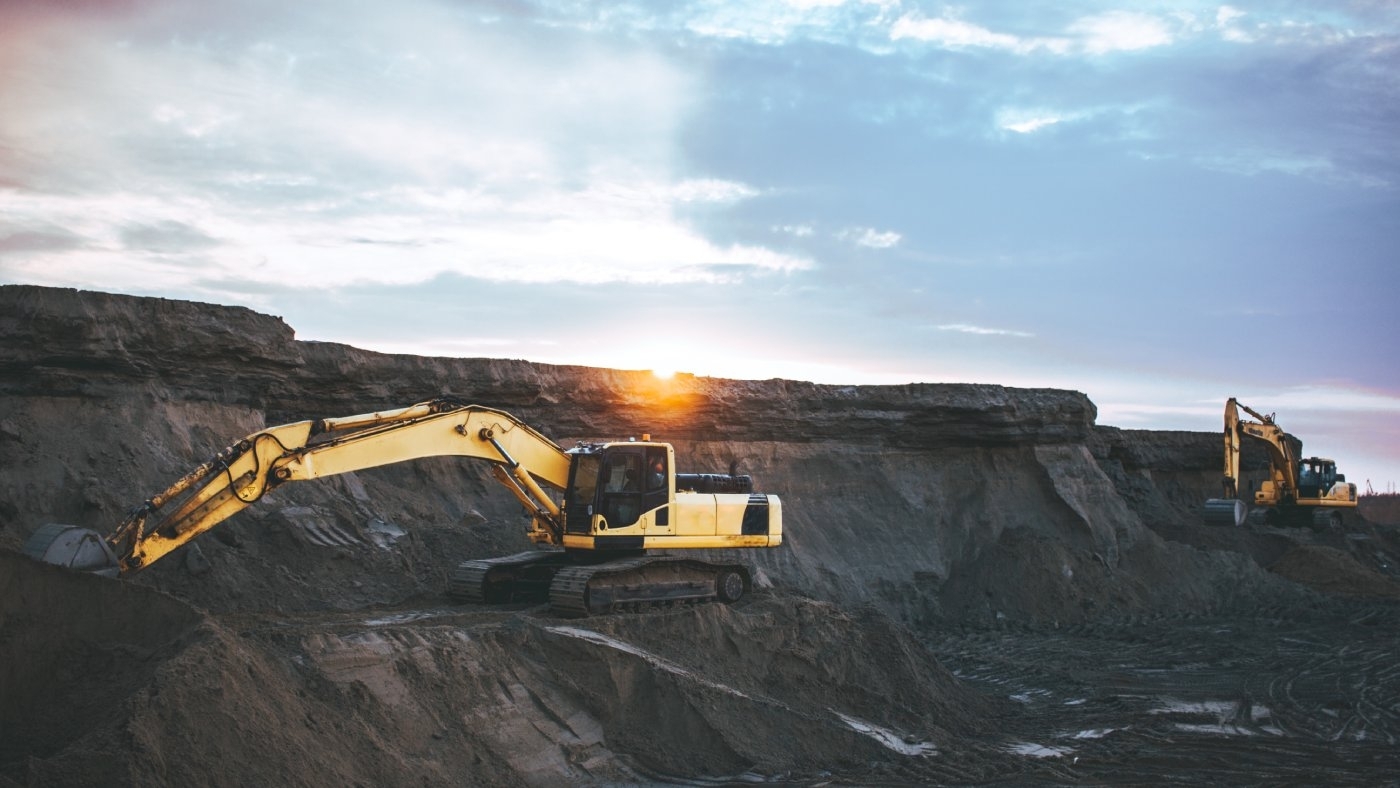
Under the Spotlight AUS: Fortescue Metals Group (FMG)
The story of a man who built an iron ore empire. Now leading the charge to revolutionise mining and a country in the process.
A continent of red, mineral rich soils, mining has always been the backbone of the modern Australian economy.
What started with gold quickly expanded to include copper, uranium and coal. Still, the one material that has truly powered Australia’s modern era is iron ore, through which Australia has been vital to creating the world’s steel infrastructure.
Enter Fortescue Metals Group ($FMG). Founded in 2003 by Andrew “Twiggy” Forrest, Fortescue rose quickly in the mining scene to secure the title of third-largest iron ore producer in Australia.
In The Beginning
Andrew Forrest’s future giant started from scratch in the undeveloped region of Pilbara, Western Australia. At this time the region was sparsely populated, unexplored and underdeveloped. Still, Forrest had more than just a dream, he had a plan, and only one year later, Fortescue announced the discovery of the largest bedrock iron ore deposit in Australia, at 2.4b tons. The company quickly lined up long-term sales contracts for 45m tonnes per annum, and the rest was history. Or was it?
It’s one thing to mine a resource; it’s another to transport the ore to its final destination in a place with no roads, rails or supporting infrastructure. To put this into numbers, the company was required to develop over 260km of heavy rail line, multiple docking locations for giant freighters, and a variety supporting infrastructure from accommodation to repair facilities. The total cost to develop the infrastructure? Two billion dollars, and that was before the mine was even built. Still, through a combination of skillfully tapping international finance markets, the annual offtake agreement, and the 2.4b tons of proven reserves, Twiggy made his dream a reality in 2006, securing $3.7b in financing.
Here And Now
Fortescue still relies on Pilbara for most of its annual revenue, expanding operations in the region to three main hubs, with a fourth under development. In FY21, Pilbara produced 182m tonnes of iron ore, forming a majority of the US$10b in net profit after tax.
Outside of iron ore, the company now has 760km of “the fastest heavy haul railway in the world”, eight 260,000 tonne capacity ore carriers, and numerous processing plants. The lesson is clear, if you want to build a multi-billion dollar mining company, you better know how to manage infrastructure.
A New Material For A New Century
Iron ore will always be a large part of Fortescue, but Twiggy is still hungry for growth. Fortunately for shareholders, the company believes it has found the next big thing in the small, but quickly expanding, hydrogen industry.
But how big could hydrogen be? According to Twiggy, “The green hydrogen market could generate revenues, at the very least, of $US12 trillion by 2050 bigger than any industry we have now. And Australia, with characteristic luck, is sitting on everything it needs to be the world leader, but only if it acts fast”.
Still, at a bare minimum, hydrogen offers Fortescue more than just an alternative source of income, a secondary benefit reducing the iron ore division’s expenses. Mining usually takes place in remote areas with little to no existing infrastructure. This can lead to significant power costs, as the company is forced to use everything from diesel generators and solar panels to building mini power plants. Green hydrogen produced through electrolysis on-site (powered by wind and/or solar power) would theoretically be cheap, easy to set up, and basically only require water. The best part, hydrogen’s only emission when used is water vapour.
💡Related: ASX Hydrogen Stocks: Top 10 Hydrogen Shares to Watch→
Green, And Greed Are Good
Taking all of this into account, in FY21, Fortescue founded Fortescue Future Industries (FFI) with a mandate to create a “global portfolio of renewable energy opportunities”. The true focus of the FFI is to become a world leader in both green hydrogen production and manufacturing electrolysis machines and related equipment.
Still, FFI is still new, and the company is still a ways away from hydrogen production. And yet, Twiggy has already proved it is more than an empty promise. On 10 October 2021, the FFI announced its first investment of up to US$650m, creating a Green Energy Manufacturing Centre (GEM) in Gladstone, Queensland. The initial focus of this centre will be the production of multi-gigawatt-scale electrolysers, with the first expected to roll off the assembly lines in “early 2023”.
Sign up to Stake today and buy Australian shares like $FMG, $BHP, $RIO and more!
This does not constitute financial advice nor a recommendation to invest in the securities listed. The information presented is intended to be of a factual nature only. Past performance is not a reliable indicator of future performance. As always, do your own research and consider seeking financial, legal and taxation advice before investing.

